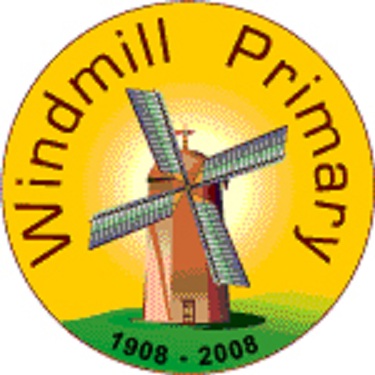DT
Design and Technology at Windmill
Design and technology prepares children to take part in the development of tomorrow’s rapidly changing world. Creative thinking encourages children to make positive changes to their quality of life. The subject encourages children to become autonomous and creative problem-solvers, both as individuals and as part of a team. It enables them to identify needs and opportunities and to respond by developing ideas and eventually making products and systems. Through the study of design and technology they combine practical skills with an understanding of aesthetic, social and environmental issues, as well as functions and industrial practices. This allows them to reflect on and evaluate present and past design and technology, its uses and its impacts. Design and technology helps all children to become discriminating and informed consumers and potential innovators.
Implementation
The purpose of teaching design technology in our school is:
• to develop imaginative thinking in children and to enable them to talk about what they like and dislike when designing and making;
• to enable children to talk about how things work, and to draw and model their ideas;
• to encourage children to select appropriate tools and techniques for making a product, whilst following safe procedures;
• to explore attitudes towards the made world and how we live and work within it;
• to develop an understanding of technological processes, products, and their manufacture, and their contribution to our society;
• to foster enjoyment, satisfaction and purpose in designing and making.
Children will develop imaginative thinking and be able to talk about their preferences when designing, making and evaluating.
Children will be able to talk about how things work, and to draw and model their ideas.
Children will develop enjoyment and a sense of pride in their work.
Children will develop an interest in, and an understanding of,the ways in which society has used design to meet their needs and contribute to our society.
Children will be able to select appropriate tools and techniques for making a product, and be able to use them safely.
Children will develop the capability to create high quality products through combining their designing, making and evaluating skills with knowledge and understanding.
Across both key stages, pupils will develop their knowledge, understanding and skills as identified within the six common strands or aspects of the Design Technology Programme of Study:
-
Designing
-
Making
-
Technical understanding
-
Working creatively
-
Innovation
-
Evaluation
KS1 Objectives
Design
-
Design purposeful, functional, appealing products for themselves and other users based on design criteria.
-
Generate, develop, model and communicate their ideas through talking, drawing, templates, mock-ups and, where appropriate, information and communication technology.
Make
-
Select from and use a range of tools and equipment to perform practical tasks [for example, cutting, shaping, joining and finishing].
-
Select from and use a wide range of materials and components, including construction materials, textiles and ingredients, according to their characteristics.
Evaluate
-
explore and evaluate a range of existing products
-
evaluate their ideas and products against design criteria
Technical knowledge
-
build structures, exploring how they can be made stronger, stiffer and more stable
-
explore and use mechanisms [for example, levers, sliders, wheels and axles] in their products
KS2 Objectives
Design
-
Use research and develop design criteria to inform the design of innovative, functional, appealing products that are fit for purpose, aimed at particular individuals or groups.
-
Generate, develop, model and communicate their ideas through discussion, annotated sketches, cross-sectional and exploded diagrams, prototypes, pattern pieces and computer-aided design.
Make
-
Select from and use a wider range of tools and equipment to perform practical tasks [for example, cutting, shaping, joining and finishing], accurately.
-
Select from and use a wider range of materials and components, including construction materials, textiles and ingredients, according to their functional properties and aesthetic qualities.
Evaluate
-
Investigate and analyse a range of existing products.
-
Evaluate their ideas and products against their own design criteria and consider the views of others to improve their work.
-
Understand how key events and individuals in design and technology have helped shape the world.
Technical knowledge
-
Apply their understanding of how to strengthen, stiffen and reinforce more complex structures
-
Understand and use mechanical systems in their products [for example, gears, pulleys, cams, levers and linkages]
-
Understand and use electrical systems in their products [for example, series circuits incorporating switches, bulbs, buzzers and motors]
-
Apply their understanding of computing to program, monitor and control their products
